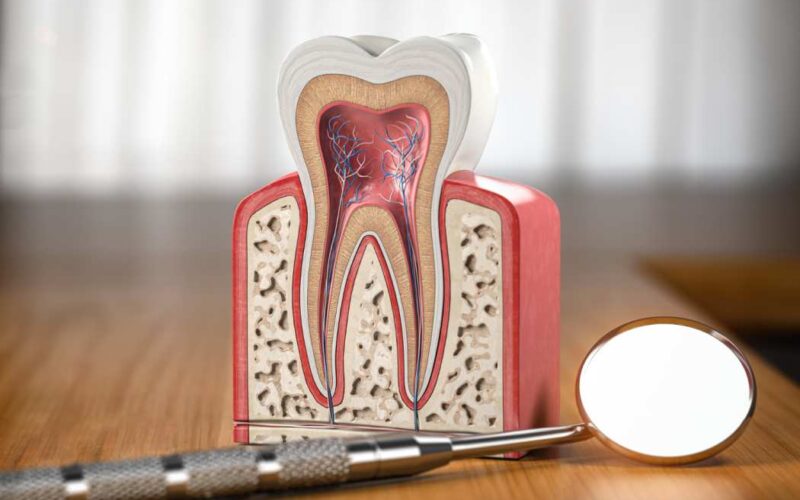Introduction
For many people, the phrase “root canal treatment” sparks fear and anxiety. Over the years, myths about this dental procedure have spread widely, making patients hesitant to get the care they need. In reality, modern root canal treatments are safe, effective, and often no more uncomfortable than a routine filling. Understanding the myths and facts can help patients make informed decisions about their oral health.
What Is Root Canal Treatment?
A root canal is a dental procedure that removes infected or damaged pulp (the soft tissue inside the tooth). The dentist then cleans, disinfects, and seals the tooth to prevent further infection. It is designed to save a natural tooth that might otherwise need to be extracted.
Common Myths and the Truth Behind Them
Myth 1: Root Canals Are Extremely Painful
Fact: Thanks to modern anesthesia and advanced techniques, root canal treatment is usually no more painful than getting a cavity filled. The procedure actually relieves pain caused by infection or inflammation inside the tooth.
Myth 2: It’s Better to Pull the Tooth Than Get a Root Canal
Fact: Saving your natural tooth is almost always the best option. A root canal preserves the tooth structure, maintains chewing ability, and prevents other teeth from shifting. Tooth extraction may require expensive replacements like implants or bridges.
Myth 3: Root Canals Cause Illness
Fact: This is an outdated myth based on old, flawed studies. There is no scientific evidence linking root canal treatment to systemic illnesses. In fact, untreated infections in the mouth are far more dangerous to overall health.
Myth 4: Root Canal-Treated Teeth Don’t Last Long
Fact: With proper oral hygiene and regular dental check-ups, a tooth that has undergone root canal treatment can last a lifetime. A crown is often placed over the treated tooth to strengthen and protect it.
Myth 5: Root Canal Treatment Takes Multiple Painful Visits
Fact: In many cases, root canals can be completed in just one or two visits. Advances in dental equipment and techniques have significantly reduced treatment time.
Benefits of Root Canal Treatment
- Relieves severe tooth pain and sensitivity.
- Prevents infection from spreading to other teeth or gums.
- Preserves the natural tooth structure.
- Restores normal chewing and biting function.
- Improves oral health and confidence.
How to Care for a Tooth After Root Canal Treatment
- Follow dentist instructions carefully after the procedure.
- Maintain regular brushing and flossing habits.
- Avoid chewing hard foods on the treated tooth until fully restored.
- Get a dental crown if recommended for added protection.
- Schedule regular check-ups to monitor the tooth.
Conclusion
Root canal treatment has been surrounded by myths for decades, but the truth is far more reassuring. It is a safe, effective, and virtually painless procedure that helps preserve natural teeth and protect overall oral health. By separating myths from facts, patients can approach root canal therapy with confidence and make informed choices about their dental care.

